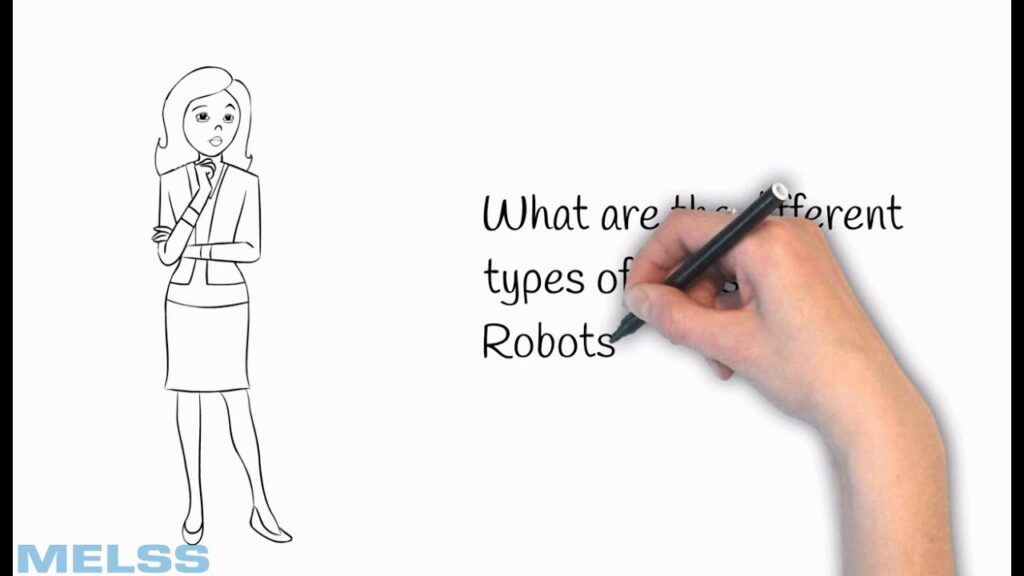Types of Industrial Robots and Their Applications
Industrial robots have revolutionized various industries by improving efficiency, accuracy, and productivity. These robots, also known as programmable machines, are designed to execute tasks previously performed by humans. They have become an integral part of the manufacturing process across the globe and are constantly evolving to meet the demands of the industry. In this article, we will explore the different types of industrial robots and their applications.
Industrial robots can be classified into several types based on their configuration, movement, and application. Let’s delve into some of the most common types:
1. Articulated Robots: Articulated robots are one of the most widely used types of industrial robots. They consist of a series of jointed arms connected by rotary axes, giving them the ability to mimic human arm movements. These robots are versatile and can handle a wide range of tasks, such as assembly, welding, material handling, and painting.
2. Cartesian Robots: Cartesian robots, also known as gantry or rectilinear robots, have three linear axes that operate in a Cartesian coordinate system (X, Y, Z). They move in a straight line, making them ideal for tasks that require precision and accuracy. These robots are commonly used in industries such as electronics, packaging, and automotive assembly.
3. SCARA Robots: SCARA stands for Selective Compliance Assembly Robot Arm. These robots have a vertical jointed arm and a rotational wrist, allowing them to perform tasks in a fast and precise manner. SCARA robots are commonly used in assembly, pick-and-place operations, and packaging.
4. Delta Robots: Delta robots, also known as parallel robots, are characterized by their unique design consisting of a series of arms connected to a central platform. They are extremely fast and are often used in applications that require rapid pick-and-place operations, such as packaging, food processing, and electronics assembly.
5. Collaborative Robots: Collaborative robots, often referred to as cobots, are designed to work alongside humans safely. These robots are equipped with advanced sensors that allow them to detect and respond to the presence of humans, minimizing the risk of accidents. They are commonly used in small-scale manufacturing, assembly lines, and other tasks that require human-robot collaboration.
Now that we have explored the different types of industrial robots, let’s delve into their applications in various industries.
Manufacturing Industry: Industrial robots have become an indispensable asset in the manufacturing sector. They excel in tasks such as assembly, soldering, welding, and material handling, reducing the need for human intervention and improving efficiency.
Automotive Industry: The automotive industry heavily relies on industrial robots for tasks such as painting, welding, and assembly. These robots ensure precision and consistency, resulting in high-quality products and streamlined production processes.
Electronics Industry: In the electronics industry, industrial robots are utilized for tasks such as circuit board assembly, component insertion, and testing. These robots excel in handling small and delicate components with precision.
Food Industry: Industrial robots play a crucial role in the food industry by automating packaging, palletizing, and sorting processes. They improve productivity, reduce manual labor, and ensure hygiene standards.
Pharmaceutical Industry: Industrial robots are increasingly used in the pharmaceutical industry for tasks such as packaging, dispensing, and labeling. These robots enhance accuracy, reduce errors, and improve the overall efficiency of the production process.
Packaging Industry: Industrial robots are widely employed in the packaging industry for tasks such as pick-and-place, palletizing, and sealing. They ensure consistent quality, enhance speed, and optimize packaging processes.
As we can see, industrial robots have transformed various industries by revolutionizing production processes. They offer increased precision, efficiency, and cost-effectiveness. With the rapid advancement of technology, industrial robots are expected to continue evolving, offering even more capabilities and applications.
In conclusion, the use of industrial robots has become fundamental in today’s manufacturing landscape. The different types of industrial robots, including articulated robots, Cartesian robots, SCARA robots, delta robots, and collaborative robots, each have their own unique features and applications. These robots have proven to be highly beneficial in industries such as manufacturing, automotive, electronics, food, pharmaceuticals, and packaging. As technology advances further, we can expect industrial robots to play an even greater role in shaping the future of the industry.
Industrial Robot
“Exploring the Fundamentals: A Comprehensive Guide to Industrial Robots and Their Varied Applications”


